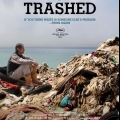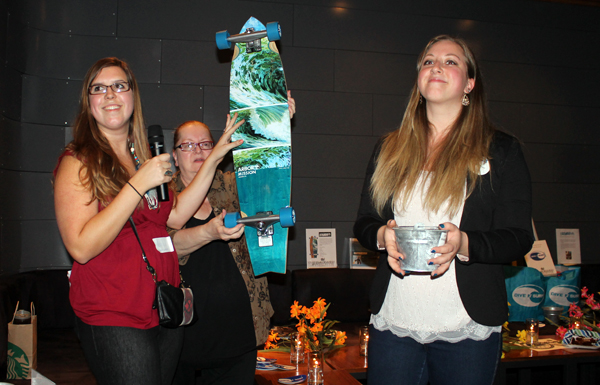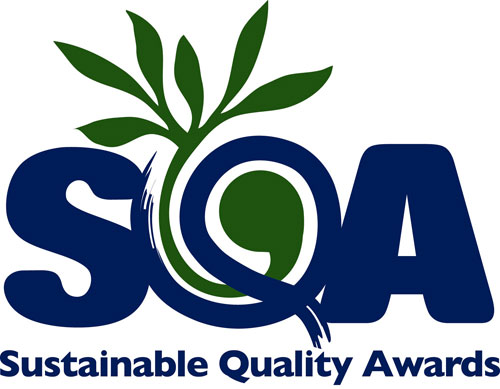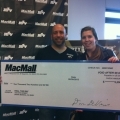On May 16, Heal the Bay honors three supporters who’ve lent their formidable voices to protecting the ocean from plastic pollution at our annual benefit gala Bring Back the Beach.
In 2010, Oscar-winner Jeremy Irons narrated our mockumentary The Majestic Plastic Bag, lending gravitas to the story of a single-use plastic bag as it migrates to the Great Pacific Garbage Patch. The film screened at the Sundance film festival and remains popular on the film festival circuit. To date, The Majestic Plastic Bag has been viewed more than 1.8 million times on Heal the Bay’s YouTube channel.
We honor Jeremy Irons, not merely for sharing his rich, haunting voice with us, but for his ongoing work to stop the proliferation of trash. In his new feature documentary “Trashed: No Place for Waste,” Irons takes a different journey, this one following the migration of rubbish, the tons of waste that goes unaccounted for each year. Irons serves as the film’s chief investigator as well as the executive producer.
one following the migration of rubbish, the tons of waste that goes unaccounted for each year. Irons serves as the film’s chief investigator as well as the executive producer.
Heal the Bay will also honor our longtime champion Mark Gold for his years of laser-like focus and tireless advocacy in support of clean water. Mark was Heal the Bay’s first employee and served with our organization for 25 years, leading and inspiring our work as our executive director and president. He continues to support us as a researcher, fundraiser and board member. We can count on Mark as a sounding board, resource and guiding force as we tackle future attacks on clean water.
Philanthropist Dr. Howard Murad will be honored on May 16 for raising awareness for environmental issues and causes. Employees from Dr. Murad’s skincare company Murad, Inc. have joined us on numerous beach cleanups, as well as solidly supporting our efforts in curtailing marine debris.



 We also have a long list of shout-outs geared to our generous sponsors who graciously donated fun raffle prizes to our dedicated volunteers.
We also have a long list of shout-outs geared to our generous sponsors who graciously donated fun raffle prizes to our dedicated volunteers.  The Basement Tavern
The Basement Tavern

